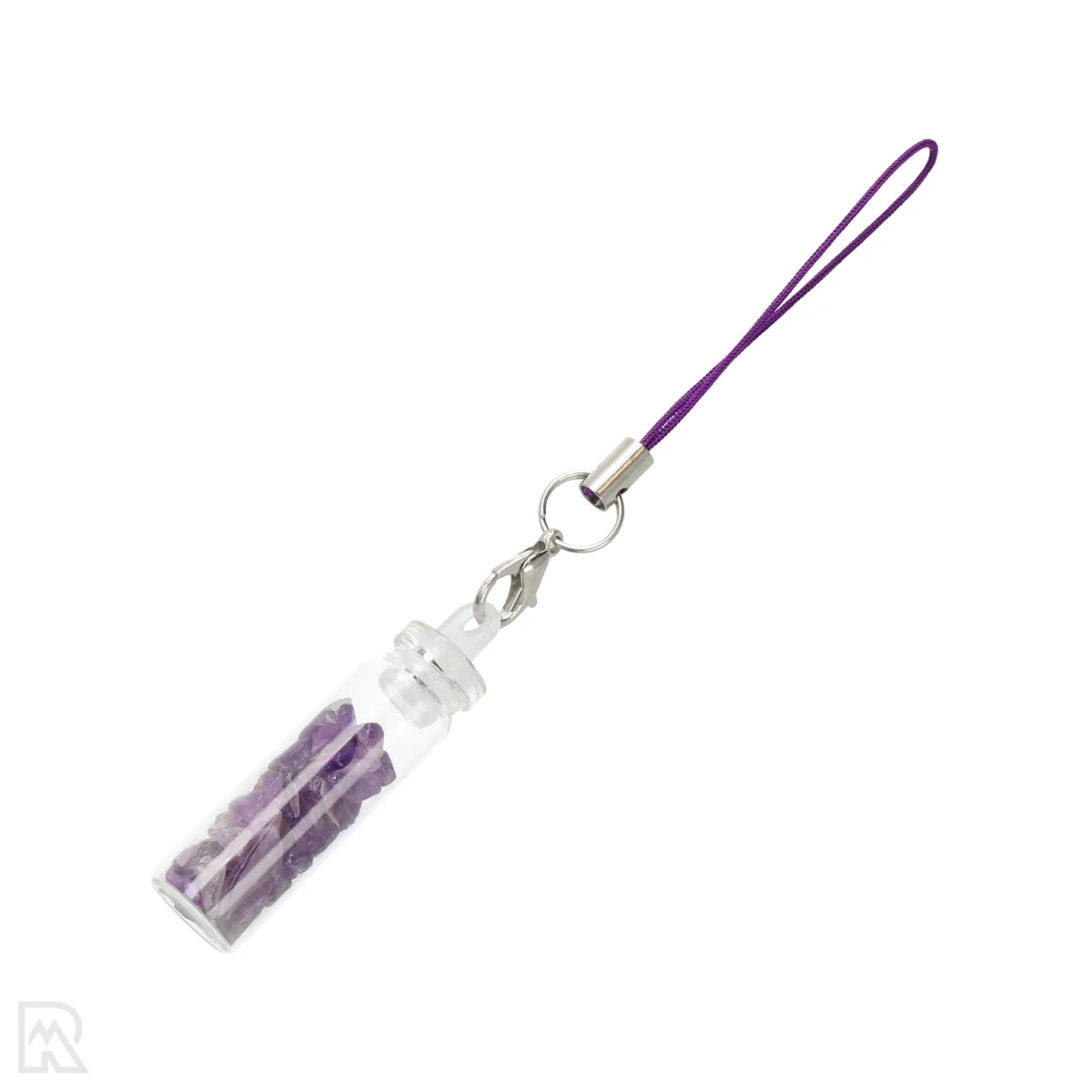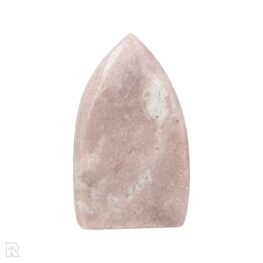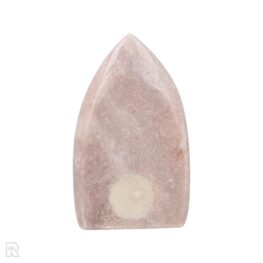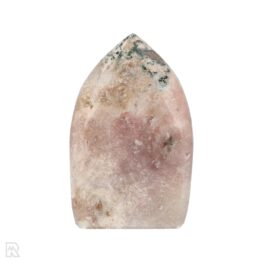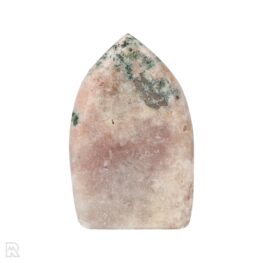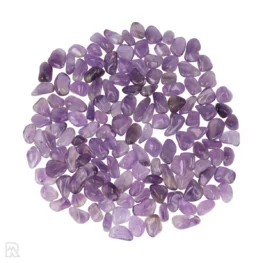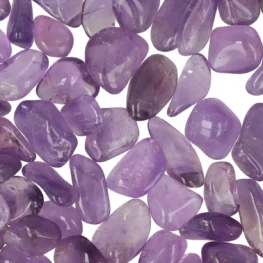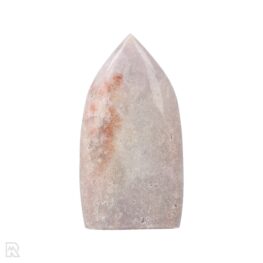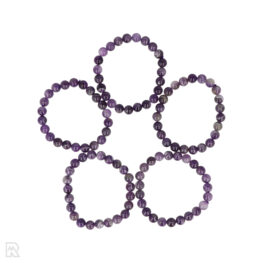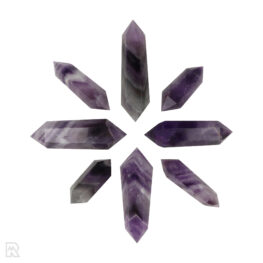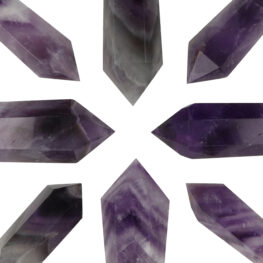| Gewicht | 0,05 kg (50 gr) |
|---|---|
| Dimensions | 1,1 × 1,1 × 3,5 cm |
| Sales Unit | |
| Type | |
| Form | |
| Origin | |
| SKU | 5851 |
Amethyst Lucky Bottle
Amethyst Lucky Bottle from China
Amethyst
Amethyst is the purple variety of quartz, coloured by traces of iron and exposure to natural radiation. Its colour ranges from pale violet to deep purple, and it often crystallises in hexagonal prisms. Amethyst is widely used as a gemstone and decorative material because of its attractive colour and transparency.
Major deposits include Brazil, Uruguay, Zambia, Madagascar and Russia. The mineral forms in hydrothermal veins and magmatic rocks such as basalt, where it forms crystals in geodes. Its chemical formula is SiO₂ and its hardness is 7 on the Mohs scale. Variants such as chevron amethyst and Siberian amethyst are popular for their pattern or deep colour.
Sources:
Mindat.org, Gemdat.org, Wikipedia - Amethyst
Selenite
Selenite is a clear to translucent variety of the mineral gypsum (CaSO₄-2H₂O). It is known for its glassy to pearly luster and often fibrous structure. A common form is selenite, which has a silky luster and occurs in long, fibrous crystals. Despite its name, selenite has nothing to do with the element selenium; the name is derived from the Greek word for moon, because of its soft luster.
Selenite forms in sedimentary environments during the evaporation of seawater and is found in countries such as Mexico, Morocco, the US and Australia. It is a soft mineral with a hardness of 2 on the Mohs scale, making it easy to work by hand. Almost all selenite sold on the Dutch market is satin spar; however, selenite is a market-accepted sales name.
Sources:
Mindat.org, Gemdat.org, Wikipedia - Selenite
